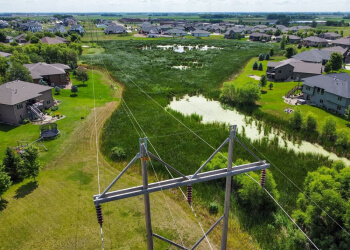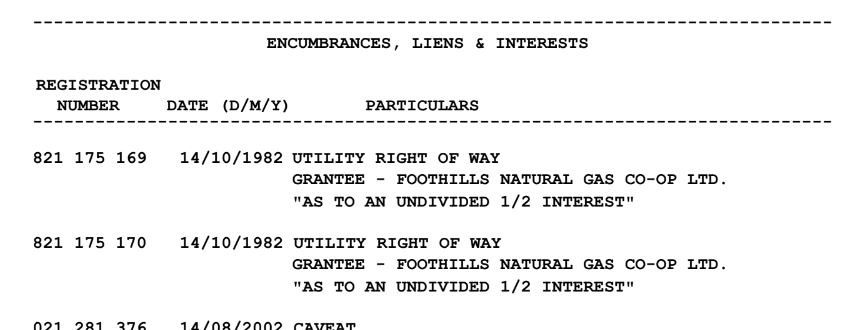Gas CO-OP and Utility Right of Way for Rural Properties

Natural gas infrastructure is a critical aspect of modern living, providing homeowners with essential resources to heat their homes and power their appliances. While urban areas have a more rigorous and structured approach to installing gas infrastructure, rural areas tend to have different systems in place. In rural areas, Gas Co-Ops are a common arrangement for natural gas utilities, providing homeowners with access to natural gas utility resources while accommodating the nature of rural development.
Typically, urban areas use Utility Right Of Way Plans, created by an Alberta Land Surveyor and registered at the Land Titles Office to install gas infrastructure. These are carefully planned out and located to ensure that natural gas resources are distributed efficiently and effectively to all the homes. Utility Right of Way plans provide the exact location that grants the special rights to access and maintain the gas infrastructure. These are registered on a parcel's land title, and the Grantee and Grantor have special rights and obligations relating to these right of way locations. These locations are also shown on a Real Property Report (RPR) along with any encroachments associated with them.
In contrast, rural properties typically use Gas Co-Ops, an alternate arrangement for natural gas utility installation and management. This less predictable system usually ties new gas infrastructure to the nearest existing pipes and as such, they can end up anywhere on any given property affected by the Co-Op. There is no Right of Way located for this, and in fact it is often the case that the utilities location is ambiguous, though the situation is improving in the modern era. This system allows the Gas Co-op operators to install pipes in the fastest, cheapest, most convenient way possible. Given the unique low density nature of rural development this is quite reasonable, there is little need for additional efforts of plan creation and registration when there is so little landowner benefit as long as a mechanism exists to protect the infrastructure.
A blanket registration can be used to just this effect. Registered on the title, this registration encumbers the entire parcel subject to the access and maintenance requirements of the Gas Co-Op. It registers the rights of the Co-Op operators to access the entirety of the parcel to access and maintain the pipes wherever they might be. An Example of this is shown below.

If your property has a Gas Co-op registration on it, you should be aware of the rights and responsibilities associated with that registration. These details can be accessed by obtaining a copy of the registration in its entirety from land titles. While a specific location for the Utility Right of Way is not available, it is important to appreciate at minimum that the Gas Co-op has legal access to your property and that you would have Gas Co-op pipeline infrastructure on the property.
From the perspective of Real Property Reports (RPR), the registration will be shown within the title block. Because of the previously mentioned blanket registration nature, there is no right of way location to identify on the plan portion of the document. The further implication of this is that Land Surveyors do not identify the structures on the property as encroachments into these types of registrations on a Real Property Report (RPR).